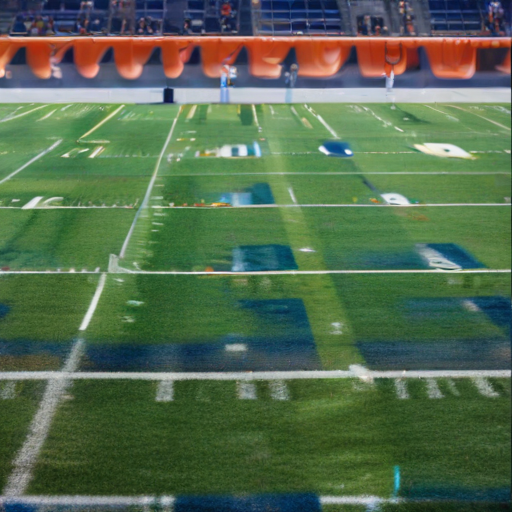Over the last 25 years, Boise State University has established itself as an unexpected powerhouse in college football, even as the sport continues to be dominated by larger programs from well-funded conferences. Remarkably, the Broncos, which transitioned from a junior college to a competitive NCAA Division I Football Bowl Subdivision (FBS) level in 1996, have achieved great consistency. Since 2002, Boise State has recorded at least 10 wins in a season on 16 occasions and is on track for its 17th victory this season, boasting a current record of 7-1 heading into Week 11. Moreover, during this period, the team has secured a top-25 finish 13 times, including seven finishes in the top-15, alongside triumphing in three prestigious New Year’s Six bowl games.
One of the defining characteristics that has put Boise State on the map is its unique blue turf, often referred to as “Smurf Turf.” This artificial field at Albertsons Stadium has become emblematic of the Broncos, drawing fans eager to witness its distinctive hue. The blue turf has transformed the stadium into a tourist hotspot and has become an iconic aspect of college football culture.
The origin of the blue field traces back to a marketing initiative spearheaded by Boise State’s athletic director Gene Bleymaier during a turf replacement in 1986. Initially, the stadium featured a green field, but Bleymaier sought to create a visual distinction. Envisioning how a blue field would harmonize with the orange track surrounding it, he recognized that a unique color could help the university stand out regionally and nationally, particularly since the school was then an FCS competitor.
Bleymaier’s determination led him to AstroTurf, where he advocated for a blue option despite initial hesitation from the manufacturer. His persistence paid off, and with approval from university leadership, the striking blue turf was installed without public pre-announcement, mitigating any potential backlash.
The field garnered significant attention as Boise State ascended to bowl game prominence starting in 1997, ultimately creating a distinct home-field advantage. Bleymaier has noted that the unconventional color enables the Broncos to cultivate a unique atmosphere that can intimidate visiting teams in a thrilling way.
Since its introduction, Boise State’s blue field has become a nationwide phenomenon. It was the first non-green football field in the U.S. and has remained a standard for over two decades. The university has even obtained federal trademark protections for the blue turf, meaning other schools that desire to use a color other than green must seek permission from Boise State, ensuring that the blue remains exclusive to the Broncos. Schools like Eastern Washington and Coastal Carolina have successfully used red and teal respectively after receiving approval.
The blue turf has immense local support, with a survey revealing that over 90% of respondents preferred to maintain the blue color following a proposed renovation in 2010. The Broncos have also enjoyed remarkable home success with a record of 158-20 at Albertsons Stadium since 2000, a phenomenon that some attribute to the camouflage effect of wearing blue uniforms on a blue field.
In summary, Boise State has not only proven its competitiveness in college football but has also pioneered a unique identity through its blue turf, symbolizing creativity and innovation in an ever-evolving sport. As they continue to perform well, fans will undoubtedly revel in the team’s remarkable achievements, stirred by the allure of their distinctive field. This unique blend of tradition and innovation could be a model for other programs aiming to carve out their own identities in the competitive landscape of college football.
